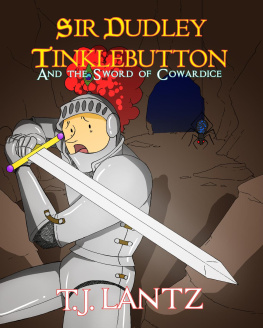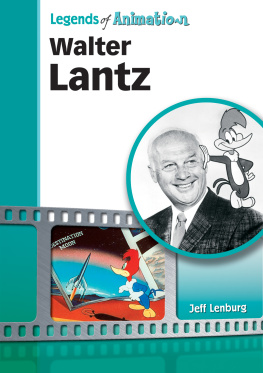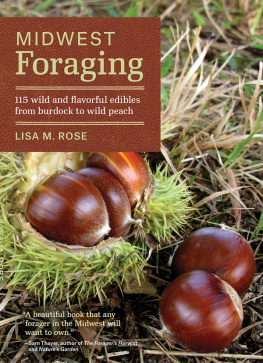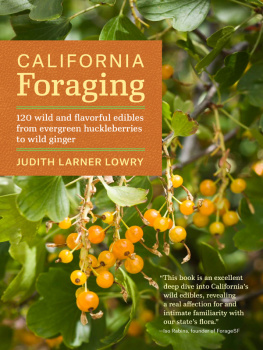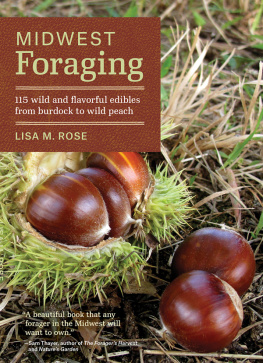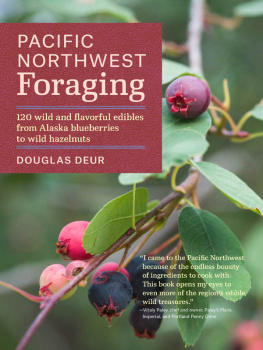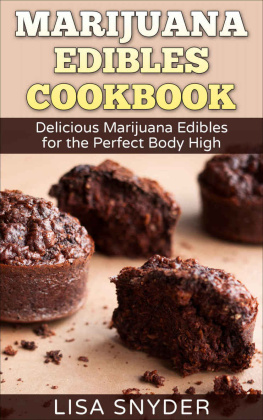Peggy S. Lantz - Floridas Incredible Wild Edibles
Here you can read online Peggy S. Lantz - Floridas Incredible Wild Edibles full text of the book (entire story) in english for free. Download pdf and epub, get meaning, cover and reviews about this ebook. year: 2020, publisher: Pineapple Press, genre: Home and family. Description of the work, (preface) as well as reviews are available. Best literature library LitArk.com created for fans of good reading and offers a wide selection of genres:
Romance novel
Science fiction
Adventure
Detective
Science
History
Home and family
Prose
Art
Politics
Computer
Non-fiction
Religion
Business
Children
Humor
Choose a favorite category and find really read worthwhile books. Enjoy immersion in the world of imagination, feel the emotions of the characters or learn something new for yourself, make an fascinating discovery.

- Book:Floridas Incredible Wild Edibles
- Author:
- Publisher:Pineapple Press
- Genre:
- Year:2020
- Rating:3 / 5
- Favourites:Add to favourites
- Your mark:
- 60
- 1
- 2
- 3
- 4
- 5
Floridas Incredible Wild Edibles: summary, description and annotation
We offer to read an annotation, description, summary or preface (depends on what the author of the book "Floridas Incredible Wild Edibles" wrote himself). If you haven't found the necessary information about the book — write in the comments, we will try to find it.
Floridas Incredible Wild Edibles — read online for free the complete book (whole text) full work
Below is the text of the book, divided by pages. System saving the place of the last page read, allows you to conveniently read the book "Floridas Incredible Wild Edibles" online for free, without having to search again every time where you left off. Put a bookmark, and you can go to the page where you finished reading at any time.
Font size:
Interval:
Bookmark:
Dick Deuerling (died July 18, 2013, age 92) knew the rules for finding wild plants to eat in Florida. He gave programs on wild foods throughout central Florida for many years. Every month, Dick shared his expertise to members of the Tarflower Chapter of the Florida Native Plant Society, showing wild plants he brought to the meeting and providing refreshments in the form of teas, jellies, and syrups made from wild native plants.
He grew up in Pennsylvania but lived in Orlando for many years. Dick shared his information and experiences with many. He taught survival to Scout troops, and is proud thatof all the Boy Scouts that went on a cross-Florida survival tramp with the late Ross Allen years ago (carrying no food with them), the Scout that Dick had helped to coach was the only one who gained weight on the 153-mile, thirteen-day hike!
Dick gave wild food programs to practically every garden club in central Florida, including addressing 400 garden clubbers at their convention at a large Orlando hotel. He shared his pleasure in wild foods on TV, with children in public schools and with botany students at the University of Central Florida and Stetson University. One group of youngsters at the Orlando Science Center was served a porridge of Jerusalem artichokes and sandspursalthough they were not told what it was until after they had tried it and agreed that it was good!
Peggy Sias Lantz was editor of publications for the Florida Native Plant Society since the Societys founding in 1980 until 1995. She is also a weed nut, and writer, editor, Florida Master Naturalist, and Florida native. Dick Deuerling fed her information about edible wild plants for several years, which she wrote up and published regularly in the Florida Native Plant Societys magazine, The Palmetto. She served as editor of Florida Audubon Societys magazine, The Florida Naturalist, and wrote many articles for other magazines about edible wild plants and other subjects. Her published books, now offered by Rowman & Littlefield and Amazon, include The Young Naturalists Guide to Florida, The Florida Water Story, Floridas Edible Wild Plants, Lake Lucy Tales, and Early Settlers in Ontario, Canada. Her book, Adventure Tales from Floridas Past, is available in early 2021.
T he Mission of the Florida Native Plant Society is to promote the preservation, conservation, and restoration of the native plants and native plant communities of Florida.
The Society fulfills this mission through:
Support for conservation land acquisition
Land management that enhances habitat suitability for native plants
Education
Public policies that protect our native flora, especially rare species
Research on native plant species
Encouragement of local landscaping practices and policies that preserve
Floridas native plant heritage
Learn more at fnps.org.
T hanks to Sam Hopkins and Marie Mellinger for the use of their photographs by the artist; to Helen Dunn Ribbe for typesetting and layout; and to Tony Cavalieri for printing of this publication.
Any requests for special recipes? Or do you have some recipes to share? Or information or questions about other edible plants? Write to Christina Hunt, PO Box 278, Melbourne, FL 32902.
Bennett, Chris. Southeast Foraging: 120 Wild and Flavorful Edibles from Angelica to Wild Plums, Timber Press, 2015.
Elias, Thomas, and Peter Dykeman, Edible Wild Plants: A North American Field Guide to Over 200 Natural Foods, Sterling Publishing Company, 2009.
Lantz, Peggy Sias. Floridas Edible Wild Plants: A Guide to Collecting and Cooking. Seaside Publishing, 2014.
W ebsters dictionary says a salad is a dish usually made of green vegetables, meats, or fruits, tossed with a dressing. In this discussion of salads, well be leaving out the fruits and meats.
The list of salad plants is almost endless.
However, well have to do some research on them, because most of the descriptions in field guides and identification manuals deal with mature plants. In most cases, this is not what we want for eating. Whether were foraging for roots such as Florida betony or shoots such as one of the seven or eight species of Smilax, or the leaves of grape vines, we want the very young tender parts for our salads, which often do not look like the mature plant at all.
Peppergrass, for instance, has a rosette of leaves that lies flat on the ground. This is the part we are interested in because it tastes somewhat like water cress. The rosette leaves are smooth and rounded near the center of the rosette and toothed and indented toward the tip of the leaf. After the flower stalk shoots up from the rosette and blooms, its leaves have saw-like edges and are tough and bitter. Then if you wait a little longer until the bloom comes up and seed pods form, these seeds can be stripped off the stem and sprinkled on top of the salad. Peppergrass also has a beautiful white root that can be ground up and vinegar added to use as a substitute for horseradish.
Some salad greens are mild and bland such as chickweed, dayflower, or purslane. Others, such as peppergrass and water cress, are peppery. Oxalis and sheep sorrel are slightly sour. Some are bitter, such as Youngia japonica and dandelion.
To make the salad, gather only what you need just before you want to use it. Otherwise you lose flavor and vitamins and minerals and end up with

Amaranth

Bayonet
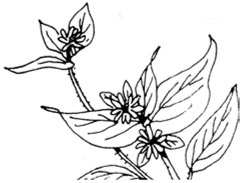
Chickweed
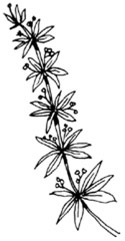
Cleavers
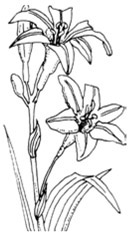
Daylily
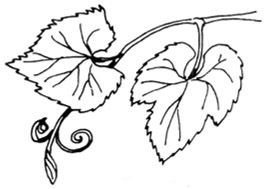
Grape
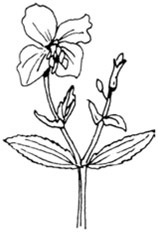
Meadow Beauty
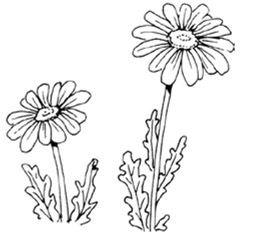
Oxeye Daisy

Partridge Berry

Peppergrass
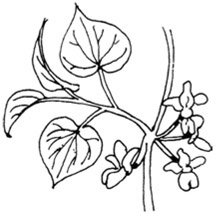
Red Bud
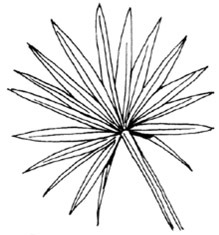
Saw Palmetto
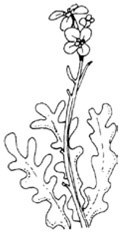
Sea Rocket
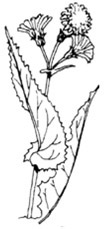
Sow Thistle
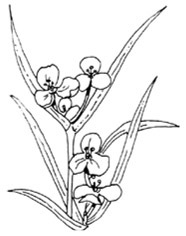
Font size:
Interval:
Bookmark:
Similar books «Floridas Incredible Wild Edibles»
Look at similar books to Floridas Incredible Wild Edibles. We have selected literature similar in name and meaning in the hope of providing readers with more options to find new, interesting, not yet read works.
Discussion, reviews of the book Floridas Incredible Wild Edibles and just readers' own opinions. Leave your comments, write what you think about the work, its meaning or the main characters. Specify what exactly you liked and what you didn't like, and why you think so.

